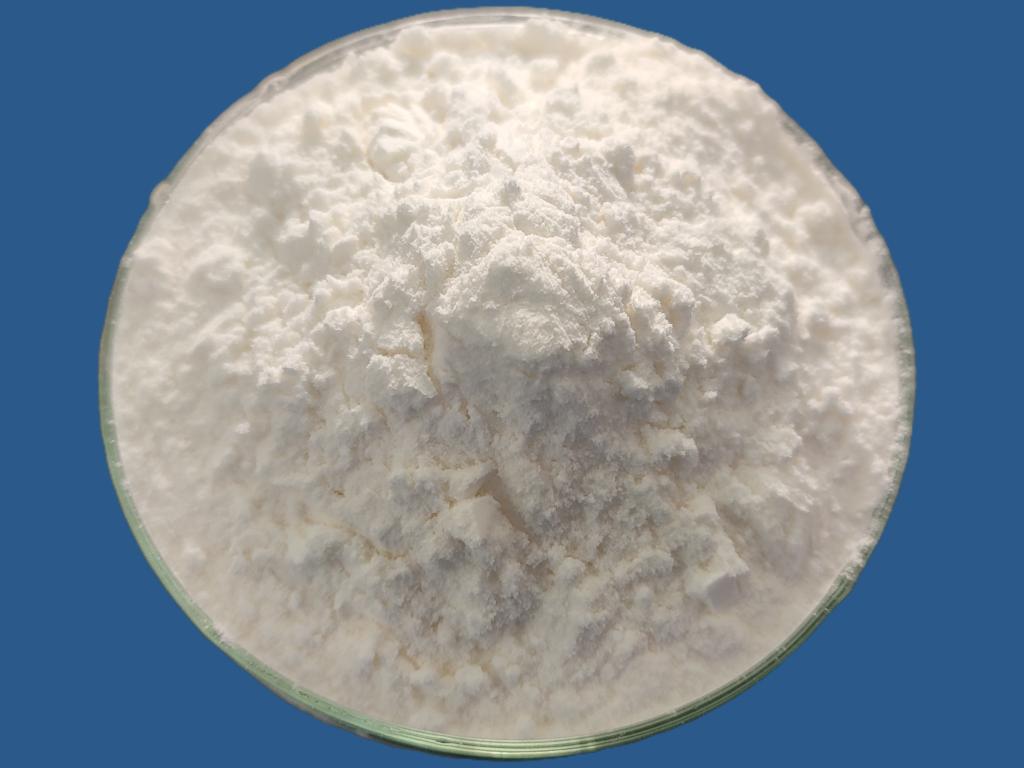Tel:+8618231198596

News
 CONTACT
CONTACT
 CONTACT
CONTACT
- Linkman:Linda Yao
- Tel: +8618231198596
- Email:linda.yao@dcpharma.cn
- Linkman:CHARLES.WANG
- Department:Overseas
- Tel: 0086 0311-85537378 0086 0311-85539701
News
Current Position:
Home >
News
>ε-Polylysine Hydrochloride: A Sustainable Approach to Food Waste Reduction.
ε-Polylysine Hydrochloride: A Sustainable Approach to Food Waste Reduction.
TIME:2023-09-01
The Global Food Waste Challenge
Food waste is a multifaceted problem that spans from farm to fork. From post-harvest losses to retail and consumer waste, the issue is complex and requires a multi-pronged approach. Food waste not only strains natural resources but also contributes to greenhouse gas emissions and exacerbates global hunger and malnutrition.
Introducing ε-Polylysine Hydrochloride
ε-Polylysine Hydrochloride is a natural antimicrobial agent derived from bacterial fermentation. It is a cationic homopolymer of the amino acid lysine, known for its ability to inhibit the growth of various microorganisms, including bacteria, yeasts, and molds. This property makes ε-PL an effective tool in extending the shelf life of a wide range of food products.
Benefits of ε-Polylysine Hydrochloride in Food Waste Reduction
Extended Shelf Life: One of the primary benefits of ε-PL is its ability to extend the shelf life of perishable food products. By inhibiting the growth of spoilage microorganisms, ε-PL helps maintain the quality and safety of foods for a longer period, reducing the likelihood of premature disposal.
Reduced Spoilage: Microbial spoilage is a significant contributor to food waste. By controlling microbial growth, ε-PL minimizes the occurrence of spoilage, allowing consumers to fully utilize the products they purchase.
Optimized Distribution: ε-PL's ability to preserve the freshness of food products during transportation and storage contributes to better distribution efficiency. This is particularly important in reducing losses during the supply chain.
Less Need for Overproduction: The uncertainty of shelf life often leads to overproduction by manufacturers and retailers. With ε-PL, products can have an extended life span, reducing the need for excessive production to meet short shelf life demands.
Resource Conservation: By reducing food waste, ε-PL indirectly conserves the resources that go into producing, processing, and transporting food. This includes water, energy, and agricultural inputs.
Applications in Food Waste Reduction
ε-Polylysine Hydrochloride finds applications across various food categories, demonstrating its potential to combat food waste:
Fresh Produce: Fruits and vegetables are susceptible to spoilage due to microbial growth. ε-PL can extend the freshness of these products, reducing the chances of spoilage-related waste.
Dairy Products: Dairy items like milk, yogurt, and cheese often have short shelf lives. ε-PL helps maintain their quality and safety, enabling consumers to fully utilize these products before they spoil.
Bakery Items: Bread, cakes, and pastries are prone to mold growth. ε-PL can help preserve their freshness and reduce the frequency of disposal due to spoilage.
Processed Meats: Deli meats and processed meats are vulnerable to bacterial contamination. ε-PL enhances their shelf life, minimizing waste in both production and consumption stages.
Sustainability Impact
The integration of ε-Polylysine Hydrochloride in food preservation has significant implications for sustainability:
Resource Efficiency: By extending the shelf life of food products, ε-PL contributes to resource efficiency by reducing the need for frequent production, transportation, and refrigeration.
Carbon Footprint Reduction: Food waste contributes to greenhouse gas emissions. ε-PL's role in reducing waste indirectly contributes to lowering the carbon footprint associated with food production and disposal.
Water Conservation: Food production requires significant water resources. ε-PL's impact on reducing overproduction and waste also leads to reduced water consumption in agriculture and processing.
Biodiversity Preservation: Agricultural expansion for increased production often leads to habitat destruction. By reducing the demand for excessive production, ε-PL helps preserve natural habitats and biodiversity.
Challenges and Considerations
While ε-Polylysine Hydrochloride offers substantial potential for food waste reduction, there are some considerations:
Regulatory Approval: Different regions may have varying regulations regarding the use of ε-PL as a food preservative. Ensuring regulatory compliance is essential for its widespread adoption.
Consumer Acceptance: Educating consumers about the role of ε-PL in extending shelf life and reducing waste is crucial to overcome any potential skepticism.
Technological Integration: Manufacturers need to integrate ε-PL into their production processes effectively, ensuring its efficacy while not affecting the sensory attributes of the products.
Conclusion
The quest for sustainable solutions to food waste has led to the exploration of innovative approaches, and ε-Polylysine Hydrochloride has emerged as a key player. Its ability to extend shelf life, reduce spoilage, and conserve resources positions it as a valuable tool in addressing the global challenge of food waste. By promoting sustainability along the entire food supply chain, ε-PL not only contributes to environmental preservation but also aligns with the principles of responsible consumption and production. As the world continues to seek ways to mitigate the impact of food waste, ε-Polylysine Hydrochloride stands as a promising and sustainable solution with the potential to revolutionize how we approach food preservation and waste reduction.
- Tel:+8618231198596
- Whatsapp:18231198596
- Chat With Skype







